
Review on EZDIY-FAB M.2 PCIe Adapter Card for PCIe 4.0 x4 Slots (Supports M.2 PCIe 22110, 2280, 2260, 2242 SSDs) by Dave Connelly

Reading speed is really cute! An inexpensive way to speed up your old system.
I have a 5 year old Dell XPS 8900 1TB HD 16GB RAM Windows 10 desktop and bought a 256GB NVMe 2280 M.2 SSD (also from Revain) to speed up loading. Even though the motherboard is listed as "One M.2 SSD with RAID 0 Stripe/1 Mirror" I couldn't figure out how to move the drive in Device Manager. Instead of spending more time researching, I bought this (relatively cheap) PCIe to NVMe adapter card. The installation itself was quite simple: insert the SSD into the card and tighten the fastening screw. The hardest part was getting the card into the PCIe slot - very tight, but it went in eventually. If you turn on the system and see a very bright blue LED coming off the board, you are connected. Physical installation instructions are in the package, but unfortunately their recommendations stopped there. There is no mention of your operating system recognizing the new drive. After hours of searching and watching tutorial videos on YouTube, I finally found that I had to go into Windows Disk Management, select a drive to recognize it, format it, and I was done. They could have saved me time by just adding a line or two to the installation guide. After rebooting and the SSD appearing in File Explorer, I downloaded and installed Macrium Reflect (free version). Judging by the reviews of experts, he has very good ratings. Again I used YouTube for helpful tips, cloned the OS to the SSD, restarted my computer and DONE! I was surprised and pleased to see that the BIOS updates automatically to show the SSD as the C: boot drive. Well! Finally something that worked the first time. I tested the hard drive speed using the (free version) CrystalDiskMark. In the end, all this work was worth the time; The read time of the new SSD is 9 to 10 times faster (Figure 1) than the Toshiba HD 7200 rpm (Figure 2). The system booted up in less than 20 seconds and opened in just 2 seconds after logging in to the Windows desktop. Office and other programs also open much faster. With a total investment of less than $85, my desktop is now very fast. I believe in the real speed advantage of an SSD over an HDD.
- Pleasant to use
- Annoying
New products
Comments (0)
Top products in 🧰 Computer Internal Components
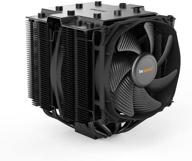
🌬️ Silent Cooling Power: Dark Rock Pro 4 CPU Cooler with 250W TDP, BK022

134 Review
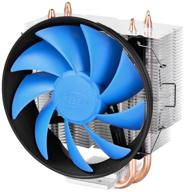
Deepcool GAMMAXX 300 CPU cooler, silver/black/blue

166 Review

Unleash High-Performance with AMD Ryzen 5 3600XT Processor & Wraith Spire Cooler

223 Review
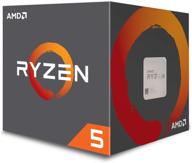
🔋 Power Up Your Gaming Rig with AMD Ryzen 5 2600 Processor with Wraith Stealth Cooler - YD2600BBAFBOX

116 Review
Another interesting products
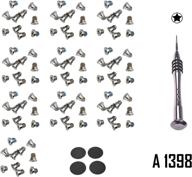
🔧 Premium Repair Replacement Screws & Tools for MacBook Pro Retina 15"/13" - Complete Bottom Case Set

10 Review
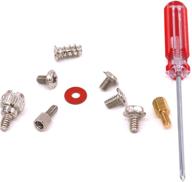
Glarks 660 Pieces Phillips Assortment Motherboard

10 Review
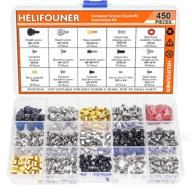
🖥️ Helifouner 450-Piece Computer Standoffs Spacer Screws Kit: Ideal for Hard Drive, Motherboard, Fan, Power Graphics & Computer Cases

10 Review
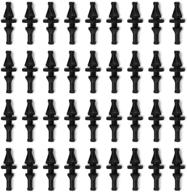
36-Pack Black Rubber PC CPU/Case Fan Screws/Rivets Set for Computer

11 Review

